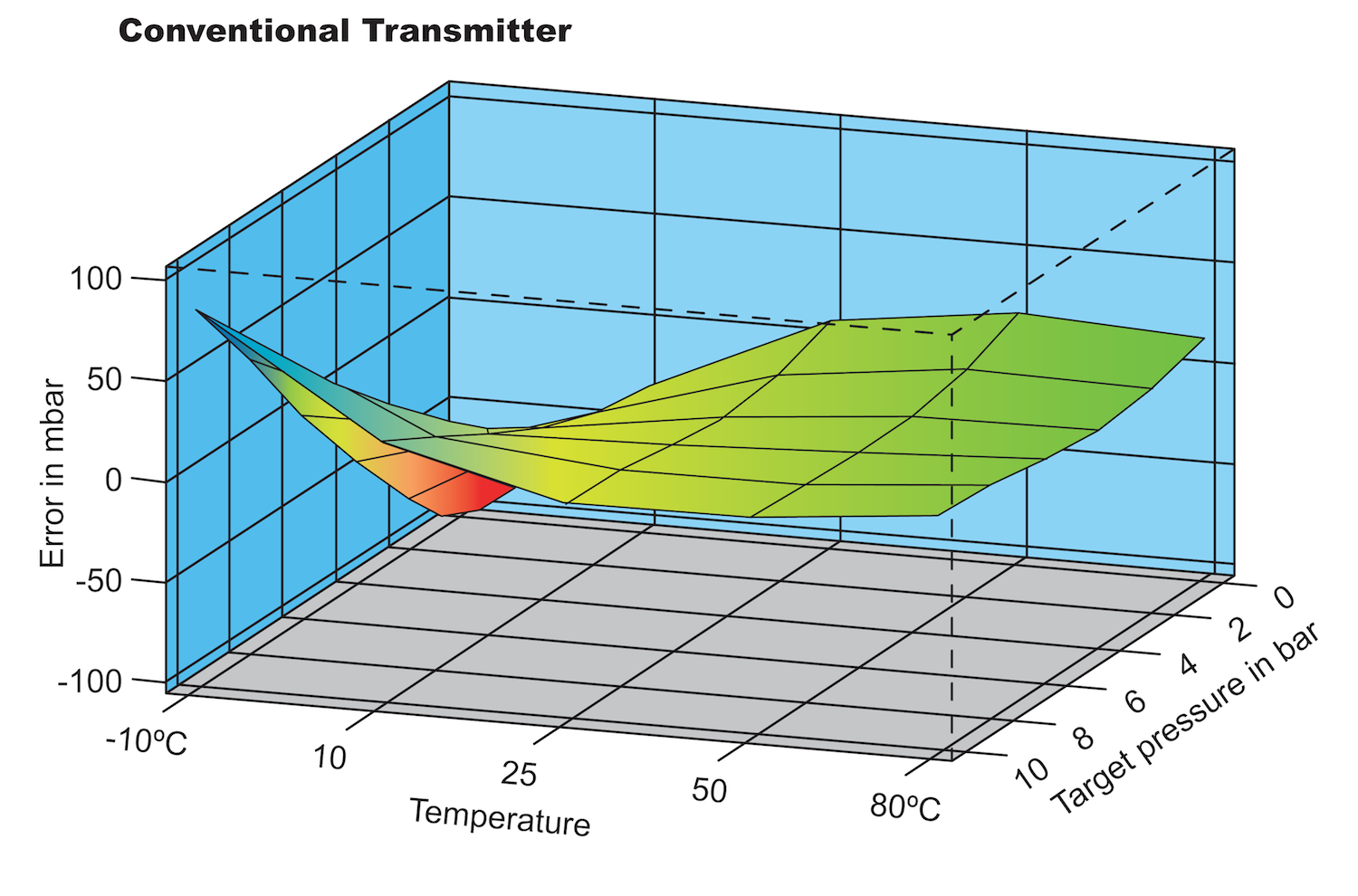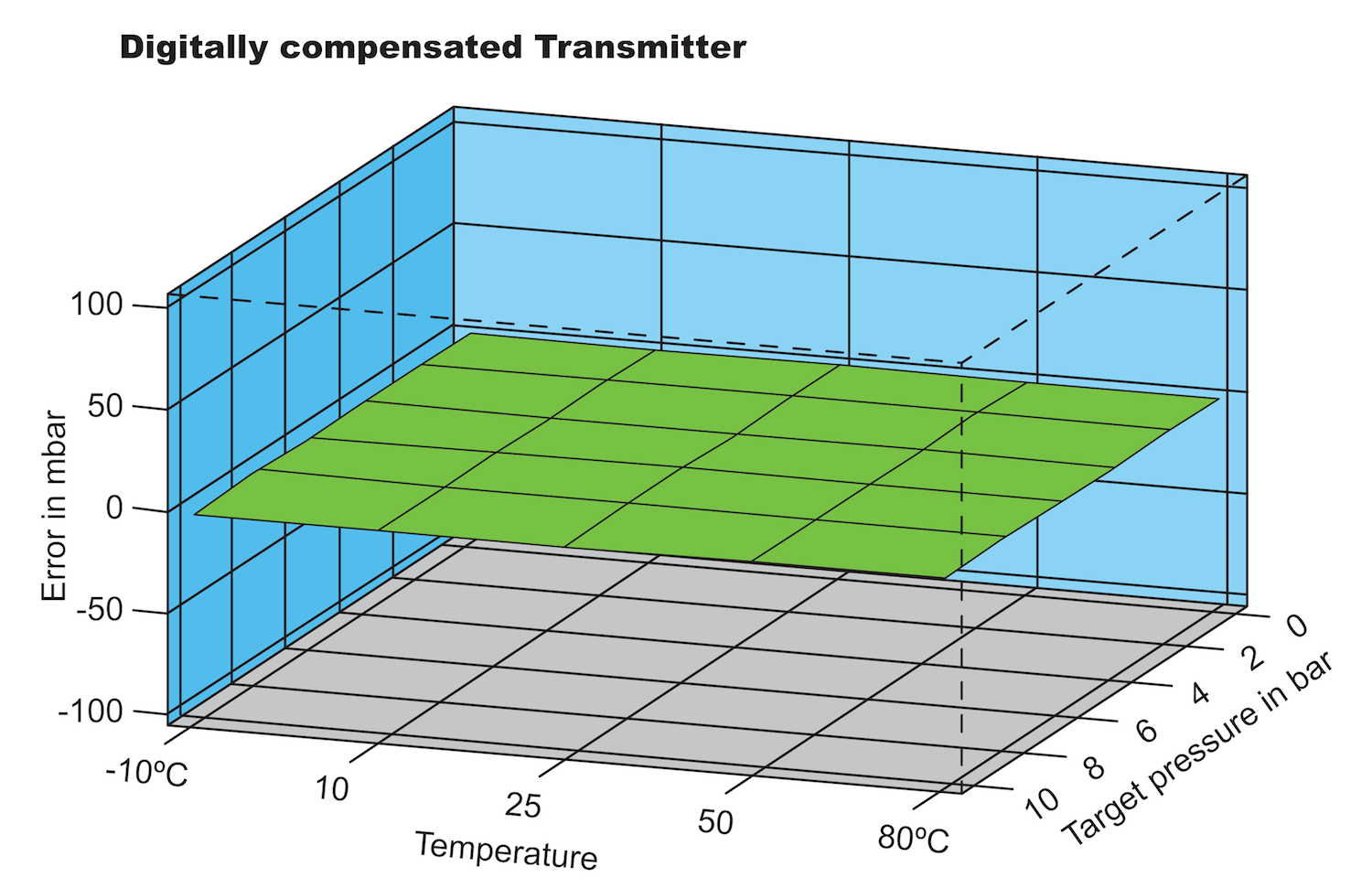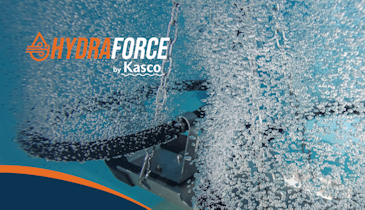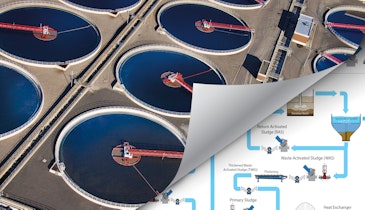Interested in Instrumentation?
Get Instrumentation articles, news and videos right in your inbox! Sign up now.
Instrumentation + Get AlertsIn a perfect world, the output of a pressure transmitter would vary only in response to a change in pressure input. Unfortunately, the perfect pressure transmitter has yet to be invented. All transmitters exhibit a measurable susceptibility to ambient temperature variation. This will remain true until transmitters are constructed from materials having a thermal expansion coefficient equal to zero.
Meanwhile, back in the real world, it is important for the transmitter user to understand the effect of ambient temperature variation on the overall accuracy. Rarely does the ambient temperature remain constant over long, and even short, periods of time. So, if it can affect the accuracy of a transmitter, it behooves the user to know how, and by how much.
The accuracy of a pressure transmitter can be expressed in many different ways. Most common is the practice of “subdividing” the sources of error into “static” and “thermal” errors. Static error, which usually includes nonlinearity, hysteresis and nonrepeatability, gets its name from the fact that it is determined at a constant temperature, usually 25 degrees C. It is a good indicator of the ability of the device to accurately convert the (physical) pressure input into an (electrical) output signal, so long as the device is maintained at the reference temperature. The “thermal” error is provided to allow the user to predict what the total error might be at a temperature other than the reference temperature. Usually a specification is given for the thermal coefficient of the zero point, as well as another number for the thermal coefficient of the sensitivity, since the effect of temperature variation on each of these characteristics can vary individually.
Traditional “temperature compensated” transmitters attempt to counteract the natural tendency of the transmitter to react to temperature variation by incorporating resistors in the signal conditioning circuitry, with values, temperature coefficients and placement in the circuit all designed to neutralize the effect of temperature change on the basic, uncompensated transmitter. The result is a transmitter with thermal error that is reduced, but not eliminated.
So the result is at least three error coefficients: one static, the other two thermal, each varying by different degrees and all potentially occurring at the same time, but not necessarily. The best way to fairly predict the effect of these error sources is to apply statistical methods, since the errors will rarely occur at their maximums and in a way that they would all affect the output in the same direction. But statistical analysis is a subject beyond the scope of this document and honestly, a procedure probably not familiar to most pressure transmitter users. The point is that it can be very difficult to fairly estimate the overall, real-world accuracy provided by a pressure transmitter specified with static and thermal error sources. Typical test results obtained from a good, passively compensated transmitter are shown in Figure 1.

Figure 1
Suffice it to say, the static error alone is not a good indication of the accuracy achieved in most real-world applications. What is needed is a simple-to-understand, all-inclusive error specification.
Total Error Band
The concept of Total Error Band is not new. It is a method which combines both static and thermal error sources into one, easy-to-understand number. It is usually expressed as ±XX% of Full Scale, defining an error “band” referenced to an ideal (zero error) input/output curve. Simply stated, the transmitter output will never exceed the limits of the error band, at any pressure within the rated Full Scale or at any temperature within the compensated temperature range.
What's new is miniature microprocessor technology, along with advancements in stable sensor design, which together enable this technique to be cost-effectively integrated into individual pressure transmitters. The results are fairly spectacular, especially when compared to traditional passively compensated transmitters, as the error band is typically narrowed by a factor of 100. Because no two sensors respond to pressure, much less temperature, in the exact same way, sensors are married to microprocessor circuits to form a transmitter, and then subjected to an extensive calibration routine. This routine includes a series of complete pressure calibrations at several different temperatures, including the minimum, maximum and intermediate temperatures which collectively define the compensated temperature range. The result is a coherent map, or mathematical model, of the transmitter, in the form of polynomial equations for calculating temperature and subsequently true pressure, using coefficients stored in the onboard EEPROM. In practice, the internal microprocessor calculates the true pressure from these equations. Typical results obtained by this technique are shown in Figure 2.

Figure 2
If the transmitter has an analog output, this output is updated at a preset rate, typically 400 times per second. State-of-the-art transmitters will have both analog and digital, usually bus-compatible, outputs, assuring the user of the utmost in interfacing flexibility. Some transmitters even provide access to the temperature output, and can be configured to perform useful calculations, such as density, providing an even more useful measurement tool.
Certainly there will continue to be a niche for traditional, passively compensated pressure transmitters, where either the ambient temperature is fairly constant and/or overall accuracy requirements are not critical. But where the temperature will vary and measurement accuracy must be maintained to within a known “error band” over the range of temperature, a transmitter with a guaranteed Total Error Band specification should be considered.
Mark Miller is the General Manager of Keller America Inc. in Newport News, Virginia. Keller America is the North American subsidiary of Keller AG fur druckmesstechnik of Winterthur, Switzerland, one of the world’s leading developers and manufacturers of pressure sensors and transmitters.






